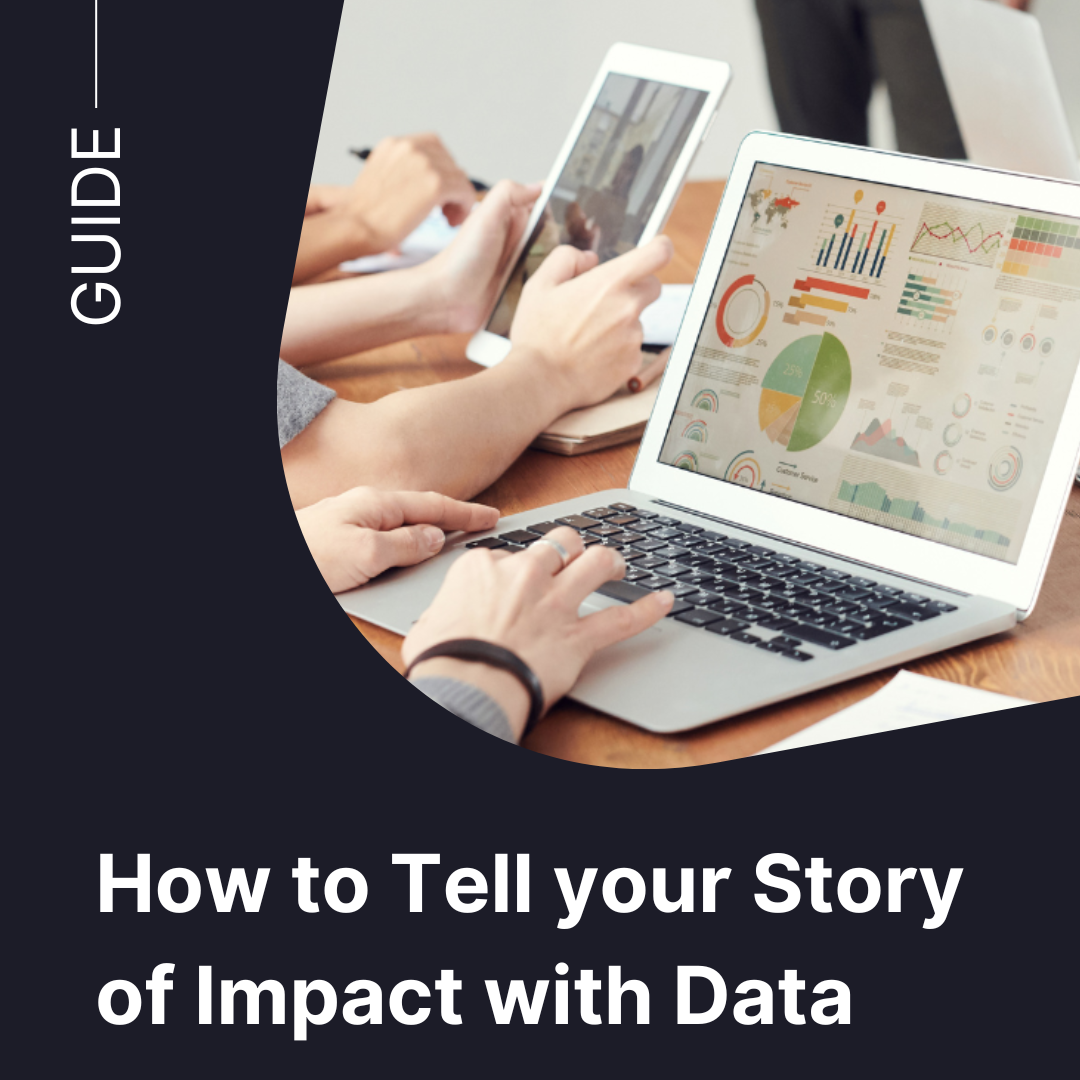Beyond the Grand Slam: How the Los Angeles Dodgers Foundation Turns Data into a Tool for Learning and Action
For many foundations, impact reporting is just box-checking. The Los Angeles Dodgers Foundation (LADF) shows what’s possible when data shifts from outputs to curiosity. By investing in a culture of learning and a data infrastructure that sparks smarter questions, LADF makes reporting a strategic tool for decision-making, collaboration, and community voice.
During our recent Impact Learning Collective (ILC) session, LADF’s Kerry Klima, Ph.D, (Director, Evaluation and Impact) and UpMetrics’ Jourdan Perez and Stephen Minix shared their blueprint for modern philanthropy—one rooted in strategic, continuous progress, not perfect reports.

📽️ Click here to watch the full session recording on-demand.
Key Takeaways for Using Data to Drive Learning and Action:
1. Focus on Culture Before Tools to Build Buy-In
Internal data barriers often stem from distrust and capacity gaps. LADF's strategy repositions its Evaluation & Impact team as a Strategic Partner, not an auditor.
- Lead with the Question: The journey begins not with a database query, but by asking program teams, "What do you want to know?" This collaboration defines the Theory of Change and builds shared ownership, making data collection a function of program excellence.
- Gamify Data Quality: To combat data entry drudgery, LADF uses "Tracking Parties." These collaborative audit sprints integrate food and music, transforming a mundane task into a collective effort that boosts data literacy and real-time validation.
2. Progress, Not Perfection, Leads to Smarter Evaluation
The pressure for a "perfect" annual report can lead to delays and scope creep. LADF advocates for an iterative and efficient approach.
- Strategic Efficiency: Maximize value while minimizing burden. LADF augments existing structures, adding one or two crucial metrics to established grantee reports and utilizing existing community-level data, instead of launching complex new surveys.
- Minimum Viable Data (MVD): Leadership should identify a core MVD set for the year. This builds a strong infrastructural "Data Muscle" in a few key areas, creating a foundation for subsequent growth.
-
Real-Time Metrics: LADF's weekly "Monday Metric" email and dashboard communicates real-time performance to the entire team, fostering internal transparency and serves as a decentralized quality control mechanism. Each week also spotlights a developmental skill, reinforcing a culture of learning and professional growth.
3. Blend Data and Storytelling for Authentic Impact
Impact measurement must capture lived experiences beyond quantitative outputs. LADF blends quantitative reach with qualitative depth.
- Impact Statements: The foundation uses short, semi-structured interviews at events with youth, families, and partners. This low-barrier method captures authentic, immediate community feedback, keeping their voice central to the narrative.
- Data Triangulation: LADF's approach combines three distinct sources for rigorous, relevant impact:
- Internal Program Data (What LADF did).
- Community Needs Data (What the local context demands).
- Community Narratives (What stakeholders say).
- Dynamic Visualization: LADF embeds direct quotes from impact statements into performance dashboards. Visualizing numbers alongside the human story creates a comprehensive case for support that engages both the intellect (data) and the heart (voice).
LADF’s work is a powerful reminder that data is a team sport, and effective measurement is a discipline of continuous strategic refinement. When foundations build trust, celebrate progress, and keep community voice at the center, reporting becomes strategy.
How is your foundation moving beyond "checking boxes" to make reporting a tool for learning and smarter decision-making?

October 9, 2025
